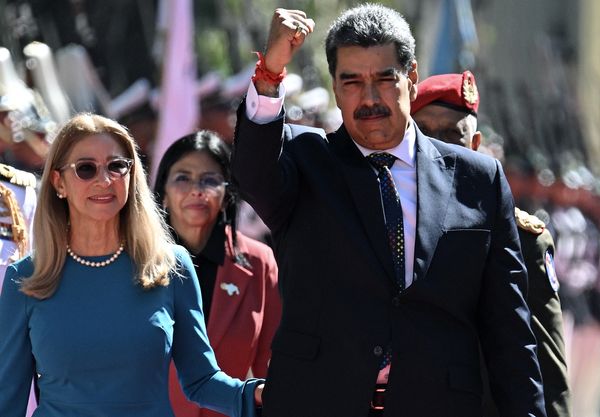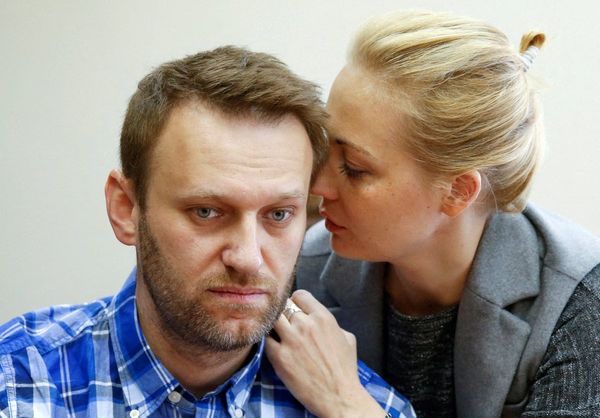November 2021 marks 30 years since the death of one of music's true icons.
Freddie Mercury (born Farrokh Bulsara in the now-defunct state of Zanzibar) is a name that needs no explanation but we will provide one anyway.
The Queen frontman and lyricist dominated the international music scene for more than 15 years, with 18 number one albums, 18 number one singles, and records sales of more than 170m worldwide.
Read more: Forgotten Mersey seaman whose broadcast stirred wartime spirits in WWII
Queen still hold the record for the best selling album in UK chart history (their Greatest Hits record sold more than 5m copies as of 2006) and in 2018 the band were named as the third most popular musical act of all time by Business Insider.
Three decades after Freddie passed away on November 24, 1991, due to complications from AIDs; his voice, and legacy are still revered in British culture.
A recording of Freddie interacting with a Wembley crowd played at the 2012 Olympic opening ceremony, his life was the subject of the 2018 film Bohemian Rhapsody, and football clubs across the country still belt out We Are the Champions whenever they clinch a league title.
But few people will know that Freddie spent part of his formative years in the Mossley Hill district of Liverpool, a city with its own iconic and bustling music scene.
It was never hinted at in the popular biopic film Bohemian Rhapsody, starring Rami Malek, but Freddie's time in the North would be influential in the formation of the band which would later become Queen.
In September 1966 Freddie, still going by the name Freddie Bulsara at the time, studied art at Isleworth Polytechnic in West London, before moving onto Ealing Art College where he graduated with a diploma in graphic art and design.
Despite his immense vocal talent, and recent artistic qualifications, Freddie made his money working as a baggage handler at Heathrow Airport (as seen in the 2018 biopic) while hopping from band to band, hoping to make it big.
Freddie also sold second-hand Edwardian clothes and scarves at a stall in Kensington Market alongside, future Queen drummer, Roger Taylor.
In 1969, having graduated from art college, Freddie joined the blues-rock band Ibex, a Liverpool-based outfit who made the trip south in July of that year, desperately searching for fame and a record deal.
Their stint in the capital was unsuccessful but they did happen to bump into Freddie who persuaded them to take him on.
Ken Testi, a music promoter and the Ibex manager in 1969, spoke to the Liverpool Echo in 1991 about his experiences with Freddie and recounted the first time the future Queen frontman met Ibex.
According to Ken, Freddie told the band: "You do realise I'm exactly what you're looking for. You've just got to make me your singer."
Ibex returned to Merseyside with Freddie in tow, eager to make a return to the northern gig circuit.
Ibex were a Jimmy Hendrix-inspired four-piece, consisting of Mike Bersin, John ‘Tupp’ Taylor, Mick Smith, and Freddie on vocals, with roadie Geoff Higgins always in the picture.
What we know of Freddie's time in London comes from Ken Testi as well as Liverpool historian, writer, and musician Mike Royden, a school friend of Ibex guitarist Mike Bersin.

Mike said in 2019: "Freddie Bulsara's time in Merseyside is not spoken about very much. It's only hardcore Queen fans who know the story and there are so many different versions of it.
"I grew up with Mike Bersin and went to the same school as him. He was a cracking guitarist and looked like Jimi Hendrix on stage. We would get the coach from Halewood to Wade Deacon school in Widnes, and on the way, he would tell me what the band were doing.
"After leaving school, he went down to London to try and make it with the band, and that's where he met Mercury.
"Mike came back to Liverpool because he had some gigs lined up, so Freddie came up too. Among the places they played was our school, Wade Deacon, at our end of term do in 1969."
He added: "Freddie used to doss in Beechwood Avenue, Halewood, a few doors from my house, with Mike Bersin.
"Mike's mum often told the story of her coming downstairs to find Mike and pals all lying on the floor, crashed out after travelling from London or a gig, which included Freddie."
While living in the city, Freddie found a temporary home in the flat above Penny Lane's famous Dovedale Towers.
At the time, the tavern was run by the parents of Ibex roadie Geoff Higgins who offered the apartment to Freddie while he stayed in the North.
Formerly a church hall, Dovedale Towers already had its place in musical legend having hosted one of John Lennon's earliest gigs when he performed with The Quarrymen in 1957.
Though Freddie may not have been aware of the Lennon-link to his new room he would have been full indoctrinated by The Beatles hit Penny Lane where he now lived.
Freddie's relationship with Liverpool extended far beyond a brief spell with Ibex.
Freddie made his first Ibex appearance at the Bolton Octagon on August 23, 1969, a show organised by Ken Testi, but his most famous performance with the band would occur two weeks later.
On September 9, 1969, Ibex performed at The Sink Club (now The Magnet on Liverpool's Hardman Street), at the time access to the club was only allowed to those carrying "exclusive" memberships cards, consisting of a rubber plug on the end of a piece of string.
During the performance, Freddie was joined on stage, for the very first time, by his partner in Edwardian scarves, Roger Taylor, and Brian May, who were then part of the rock band Smile. It was here that the Queen we grew to love and adore first came together.
It is claimed that on that same night Roger Taylor, who stood out with his long blond hair, ran into some trouble when he was cornered by skinheads in Hardman Street.
Rumour has it that the future Queen drummer escaped by pretending to be a police officer; flashing a card (which was actually his Student ID) and showing off karate moves.
Some also believe that Freddie even got the band name Queen from his time in Liverpool.
The Queen Insurance Buildings in Dale Street, which can still be seen to this day, are thought to have given Freddie the inspiration he needed to design and illustrate the famous Queen band crest and logo.
Freddie continued to perform with Ibex, who later changed their name to Wreckage in October, 1969.
The band returned to London and performed at Freddie's old stomping ground, Ealing Art College, on October 31.
Though their set was beefed out by blues and rock covers, the band would perform two original compositions, Lover, and Green, the latter of which is believed to have been written by Freddie himself.
The Freddie Mercury Solo Collection was released in 2000, featuring all of his material outside of Queen, including a number of projects the singer had taken on before the band rose to prominence.
The collection included a rehearsal demo of Green, the only known recording by Wreckage to have survived.
Wreckage disbanded in November, 1969, and Freddie joined the Oxford-based group Sour Milk Sea in February 1970.
Sour Milk Sea member Chris Chesney later recalled that Freddie brought three new tracks with him to the band; F.E.W.A (Feelings Ended, Worn Away), Blag-A-Blues, and Lover. A handwritten Wreckage setlist, later sold at auction, revealed that these were all songs performed by the Liverpool outfit, another testimony to Freddie's strong Liverpool links.
By April 1970, Freddie had become the lead singer of Smile, joining Roger Taylor and Brian may, with bassist John Deacon completing the line-up a year later.
Smile would later become Queen and Freddie Bulsara would become Freddie Mercury. But the Liverpool link did not end there.
Ken Testi, who had managed Ibex (later Wreckage), got the four-piece their second gig at St Helens Tech in October 1970, swiftly followed by a show at the Liverpool Cavern.
Ken even took the band to London and helped land them a record deal with Sheffield Brothers.

But he was called back up North when his Mum fell sick, passing up on an offer to become the band's manager. He would have got £20 a week for the role.
In the days following Freddie's death in November 1991, Ken told the Echo that he would have loved to continue working with Queen.
He said: "I had to be there for her (his mum) and they couldn't wait for me so they signed someone else for it. That's something I regret because I would have loved to have continued working with them.
"But my mum needed me and that was the end of it."
Another highlight from the 1991 article referred to a conversation between Freddie and Ken.
The manager once asked Freddie why he was always so over-the-top, Freddie replied with his typical wit: "Ken, darling, if a thing's worth doing, it's worth overdoing."
Post-Ken the Queen Liverpool love-affair would endure.
It was at the Empire Theatre that they gave their smash hit Bohemian Rhapsody its live debt, in November 1975.
The rest is, as they always say, history.
Receive newsletters with the latest news, sport and what's on updates from the Liverpool ECHO by signing up here







